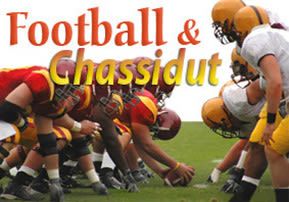
Football and Chassidut
Former offensive lineman and now one of the staff at the Ascent Institute in Tsfat, shows how football, like everything in else in...

Last year, I watched the Super Bowl with a group of students at Tel-Aviv University. What can I tell you? Football has been in my blood for 40 years and Chassidut for only about half that.
As the St. Louis Rams advanced on the Tennessee Titans, I racked my brain to think of some words of Torah I could present at half-time to inspire the students and turn the affair into a holy gathering. I thought about the famous quote attributed to Tom Lasorda that if you cut his veins he would bleed Dodger Blue, and how 150 years earlier it had been said about the second Lubavitcher Rebbe that if you cut his veins he would bleed Chassidic topics. There are other parallels too.
Well, I opened my remarks by saying that the most important thing on a football team is unity and a support system. The many individuals have to make sacrifices for the good of the whole team. As an ex-offensive tackle, I can attest to that strongly! Similarly, Chassidut demands of us that kind of self-sacrifice and humility, even for a Jew that you have never met before, and tells us that Ahavat Yisroel (love for every Jew) is the basis of the whole Torah. The lack of unity among the Jewish people today is the main impediment to the coming of Mashiach.
Here is another parallel. Chassidut teaches us about lessening our bodily needs as a way to get closer to our spiritual potential. In football too, you sometimes have to “give up your body” to break the wedge or throw a down-field block, which is a kind of self-sacrifice for the cause.
Another parallel is that the coach of the team must have the control and respect of his players in order for the game plan to be carried out in its finest detail. Our coach is the Rebbe, who has to have the control and obedience of his chassidim to carry the message of Torah and Mitzvot to all the Jewish people, without compromising even the smallest detail. The Rebbe sees the importance of every Jew, even the “wood choppers and the water carriers” (see Deut. 29:8-9), just like a coach realizes the need for even the special teams’ personnel, who get only limited playing time.
There is also an idea in football that in order to advance the ball, you may have to take a step back or go on an end-around in order to run a long distance just to get back to cross the line of scrimmage where you started, and hopefully gain some yardage. Chassidic doctrine explains that the soul has to make a descent into a body in order to accomplish an ascent after 120 years in this world. There is also an idea that although you may take one step back by failing a test in Judaism, you can then go two steps forward. We should always be in the process of moving even if it temporarily knocks us down, rather than just try to remain at the same level.
Finally there is an idea in football (and all sports) of a comeback, the “cardiac kids” who never give up, or ever think that all hope is lost. Chassidut tells us that a Jew is never lost no matter how far away from the Torah team he or she seems to be. The soul spark inside always remains pure and holy and is never disconnected from its source. This also applies for any level of teshuva (return); it is never too late…even after Yom Kippur!
All the times I’ve watched football I could never really understand why it captivated me so totally. Now, after putting together a parallel between football and chassidut that the kids at Tel-Aviv University could understand and relate to, it all comes together. I realize that we all have to learn to see how all aspects of our lives are inter-connected, and how G-d is a part of every one of these aspects, even the most mundane. We need to integrate, harmoniously and in a practical manner, the spiritual and physical in our lives.
May G-d Al-mighty bless us all with a great year both physically and spiritually in a revealed way. Mashiach Now! Go Giants!


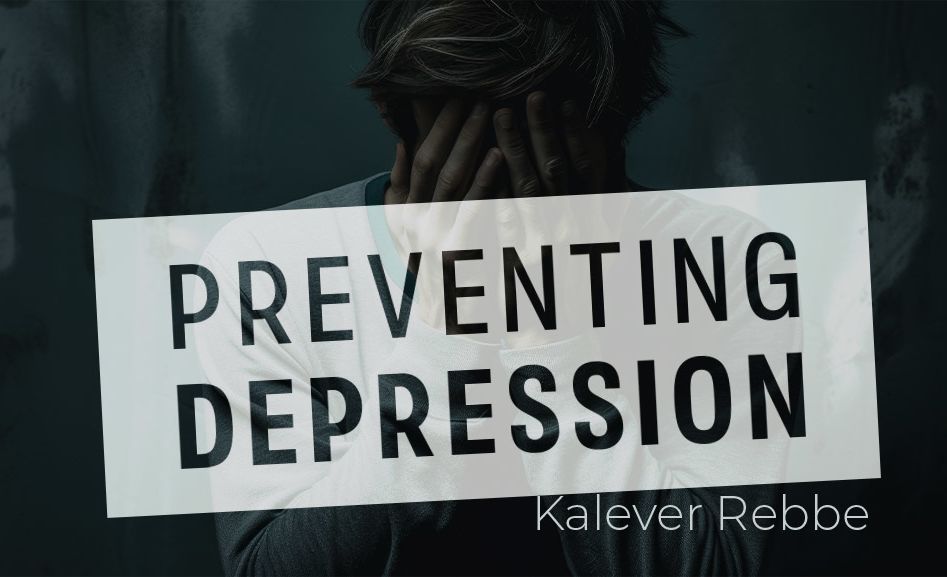

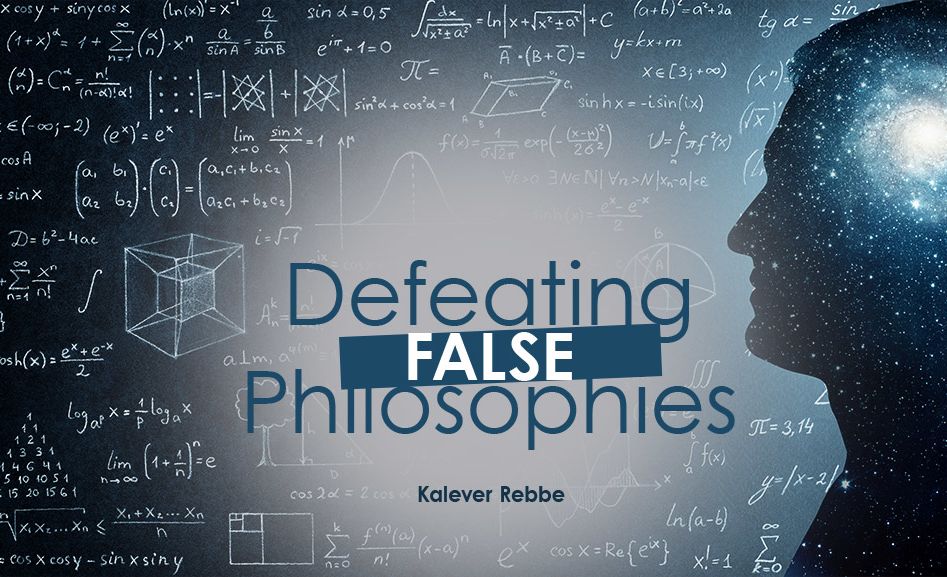
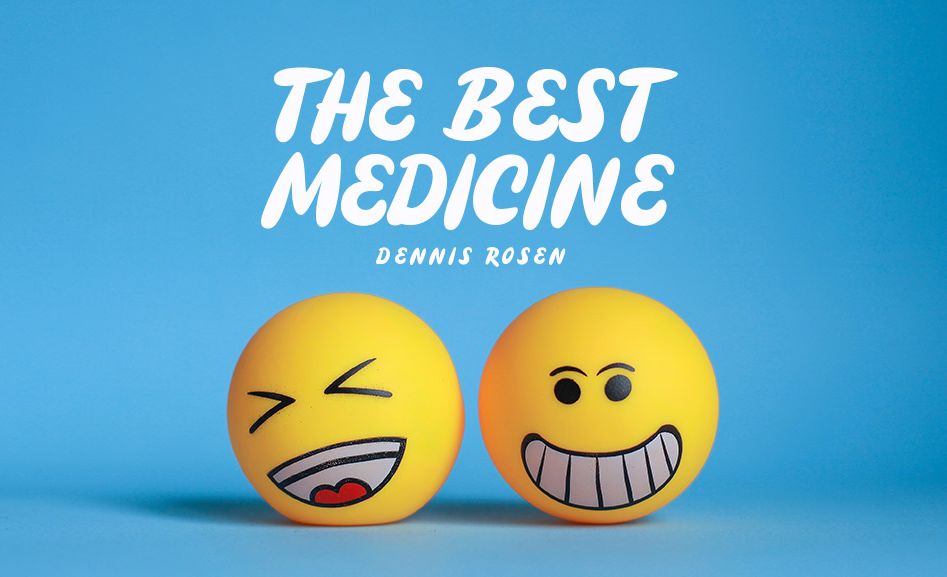
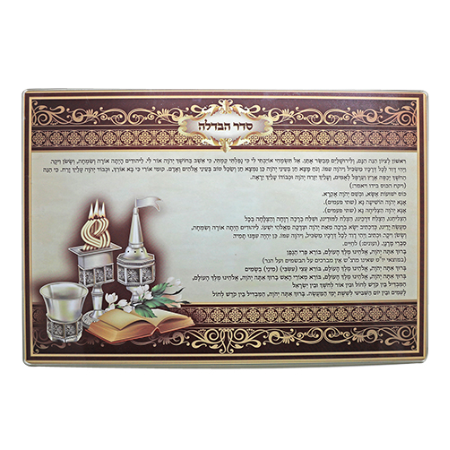
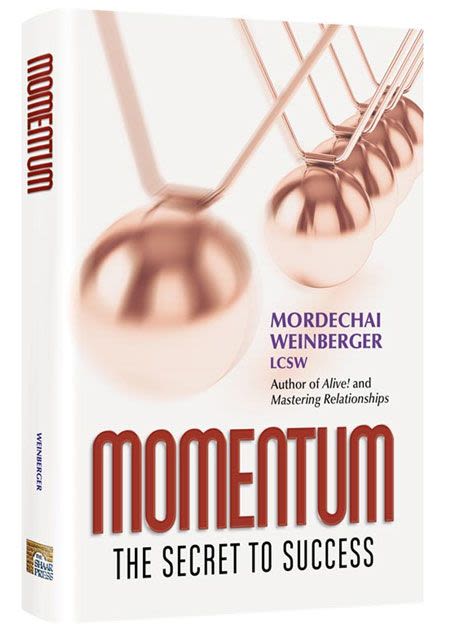


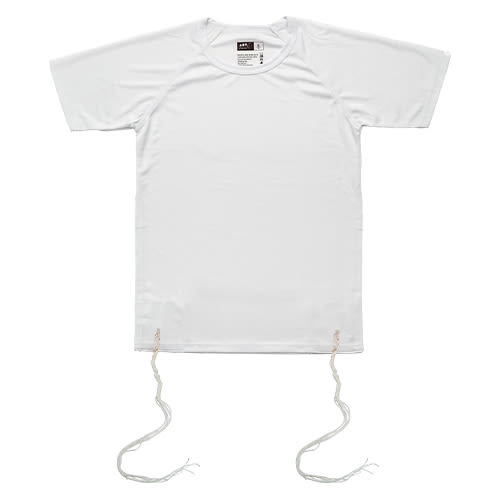
Tell us what you think!
Thank you for your comment!
It will be published after approval by the Editor.